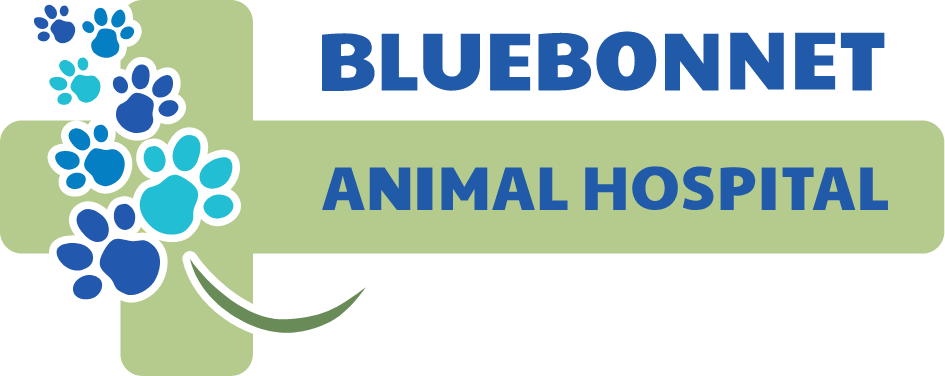Library
-
Many dogs will instinctively hide their pain as a survival mechanism which in the past, led well-meaning experts to presume that dogs did not feel pain the same way humans do. Although the signs may be subtle, careful observation of a dog’s everyday behaviors will often reveal pain when it is present. These signs may include changes in behavior, mobility, and appetite. Common pain medications include NSAIDs, opioids, and other therapeutics. Your veterinarian will choose the appropriate drugs based on your dog’s specific needs.
-
House paint, art paint, varnishes and other decorative or protective solvents come in many varieties, and most are dangerous to dogs and cats. Water-based paints, the most common, include latex, tempera, and poster paints.
-
Palliative care can be as easy or complex as necessary, to meet the needs of the pet and human family. Some palliative care patients benefit from massage, therapeutic laser, temperature therapy (heating or cooling devices), acupuncture, chiropractic, and physical rehabilitation techniques. Palliative care creates a bridge of care to support a pet as the time for humane euthanasia approaches. It is not a substitute for euthanasia, but it often helps us postpone euthanasia, allowing our pets to remain with us for whatever quality time remains for them.
-
Palliative medicine is care that is delivered as a cat approaches the end of life. The first step in creating a palliative care plan is to discuss with your veterinarian the expected course of the disease and how it will affect your cat's quality of life. Once a cat's daily life activities have been identified, it is important to define family beliefs, family needs as care unfolds, and the goals for the cat as death approaches. An essential part of establishing goals of palliative therapy is understanding the expected course of the life-limiting disease. Knowledge about disease allows for the development of a personalized palliative care plan.
-
Palliative medicine is care that is delivered as a dog approaches the end of life. The first step in creating a palliative care plan is to discuss with your veterinarian the expected course of the disease and how it will affect your dog's quality of life. Once a dog's activities of daily living have been identified, it is important to define family beliefs, family needs as care unfolds, and the goals for the dog as death approaches. An essential part of establishing goals of palliative therapy is understanding the expected course of the life-limiting disease. Knowledge about disease allows for the development of a personalized palliative care plan.
-
Primary pancreatic tumors are rare in dogs and cats. Exocrine tumors include adenomas and adenocarcinomas, and endocrine tumors include insulinomas, gastrinomas, and glucagonomas. This article discusses signs, diagnosis, treatment, and prognosis.
-
The pancreas is a vital organ on the right side of the abdomen adjacent to the stomach. It produces enzymes to assist in food digestion and hormones such as insulin, which regulates blood sugar or glucose metabolism. When the pancreas becomes inflamed, the condition is called pancreatitis. Common clinical signs include decreased appetite, nausea, vomiting, lethargy, diarrhea, and abdominal pain. If the attack is severe, acute shock or death may occur. Successful pancreatitis management will depend on early diagnosis and prompt medical therapy.
-
Pancreas-specific lipase is a form of lipase produced only in the pancreas and is highly specific to the pancreas. Blood values increase only when there is pancreatic inflammation. There is now a version of the fPLI test that can be used in-clinic (SNAP fPL© from IDEXX). Ideally, the sample should also be sent to the laboratory to get an actual value of fPLI to help with treatment and monitoring.
-
The pancreas is a vital organ that produces enzymes to assist in food digestion and hormones such as insulin, which regulates blood sugar or glucose metabolism. Pancreatitis is inflammation of the pancreas. Pancreatitis commonly occurs in dogs and may be acute or chronic.
-
Pancreas-specific lipase is a form of lipase produced only in the pancreas and is highly specific to the pancreas. Blood values increase only when there is pancreatic inflammation. A version of the cPLI test can now be used in-clinic (SNAP fPL© from IDEXX). Ideally, the sample should also be sent to the laboratory to get an actual value of cPLI to help with treatment and monitoring.

